The question does not imply that only one op amp should be used. And in fact, it's not really possible to reliably do it with just a single op-amp. Two of them in series, each with 20dB gain, will do the job, with enough bandwidth left to allow part-to-part variations, etc.
I have the unity-gain bandwidth to be 1 MHz.
That's also the so-called GBW - Gain BandWidth product. So, divide 1MHz by gain (in linear, not log units), and you get the bandwidth.
An op-amp with 1MHz GBW has 10kHz of bandwidth at gain of 100 (=40dB). Since you need 20kHz of bandwidth, a single op-amp will not be enough.
The current through any resistor in the amplifier should not exceed 10 mA.
That's good advice, since a 741 will have real trouble driving that much current out the output while maintaining large-signal gain, never mind distortion.
The circuit below would do the trick, as long as the signal source can deal with 5kohm load impedance of the 1st stage.

simulate this circuit – Schematic created using CircuitLab
The feedback resistors on the 2nd stage are scaled by the gain of the 1st stage. That way, both stages' outputs drive the same current through the feedback network.
This circuit of course would also work with two non-inverting stages.
Ideally, though, given how poorly a 741 performs at the top end of the audio frequency range, I'd suggest splitting this gain across three stages, not two. This would give distortion about as low as one can get from those parts.




